Even though its entire history is a bit blurry, this magnificent castle in England has a lot of stories to tell.
Let’s take a closer look at some of the most interesting Lancaster Castle facts.
1. The Castle is located in the North West of England
Lancaster Castle is an enormous castle located in the city with the same name and the county town of Lancashire, a county in North West England.
It’s situated on Castle Grove, a strategic position just northwest of the historical center of the city and overlooking a crossing of the River Lune. This medieval fortress is the oldest standing building in the city

2. The area was once occupied by a Roman fort
The strategic position of the castle wasn’t discovered during the Middle Ages but over 1,000 years before the castle would be constructed. The Romans built a fort here which was constructed between 60 and 73 A.D.
What’s remarkable is that the layout of the city of Lancaster is heavily influenced by the position of this fort and the small Roman village that adjoined it. The main road through town is situated on the exact location that the Romans built a road leading out of the fort.
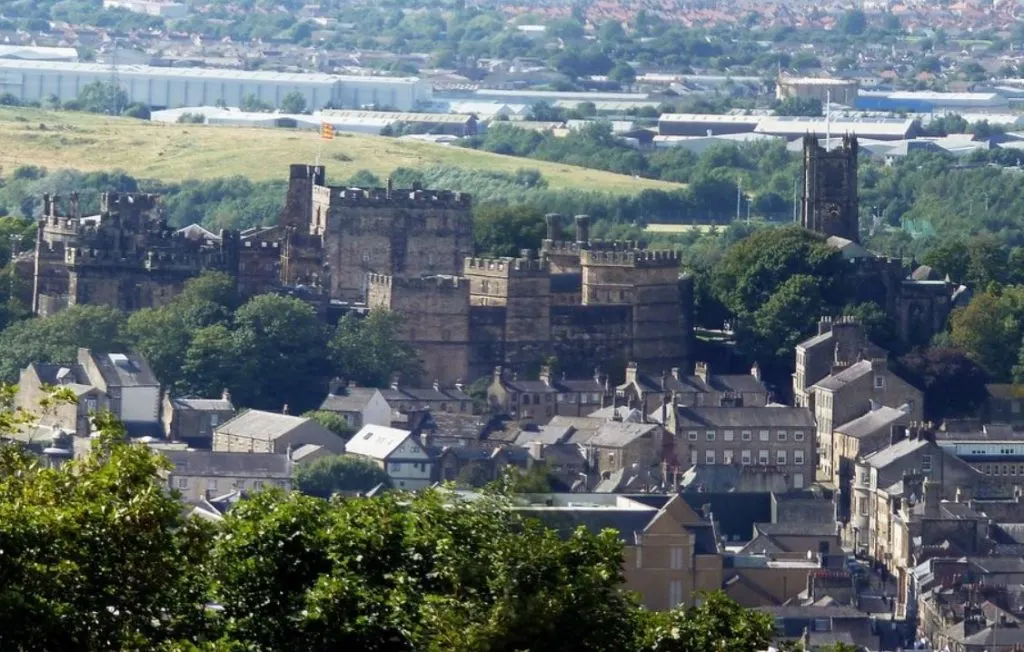
3. It’s unclear when exactly the castle was constructed
One of the most remarkable Lancaster castle facts is that it remains unclear as to when the original version of the castle was constructed. Nothing is known about the period between the Roman occupation of England, which lasted until the 5th century, and the Norman Conquest of England in the year 1066.
In the second half of the 11th century, Lancaster was part of the Earldom of Northumbria. It’s assumed that the castle was constructed as a strategic outpost in the 1090s on the location of the Roman fort.
We don’t know who built it or how it looked like, apart from the fact that there are no traces of a motte, but it’s assumed that it was built by Anglo-Norman aristocrat Roger de Poitou (the 1060s-1140) and commissioned by the Honour of Lancaster.
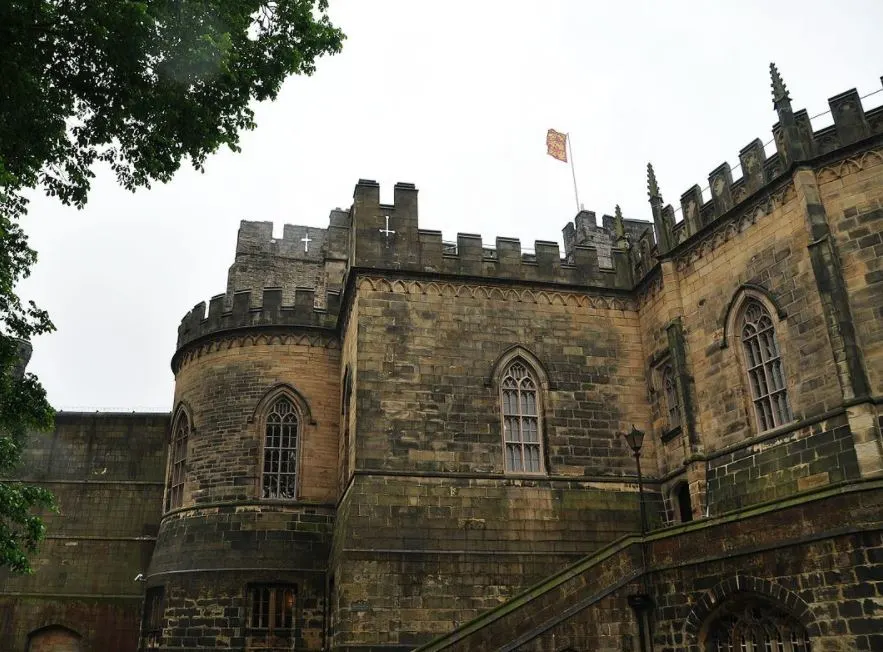
4. The Honour of Lancaster switched hands multiple times in the 12th century
The Honour of Lancaster was confiscated by King Henry I in 1102 after a failed rebellion in which Roger de Poitou participated. This resulted in the castle changing hands multiple times during the 12th century.
The castle by then was most probably nothing more than a timber structure strengthened with earthworks. Little is known about the additions made to the castle during the 12th century as well, including the construction date of the keep.
Because the castle was temporarily in hands of David I of Scotland in the 1140s, it’s even possible that the keep was built by him.

5. The castle was used as a prison ever since the late 12th century
One of the most remarkable Lancaster Castle facts is that the first mention of the castle being used as a prison came in the year 1196. This means that the castle has an extensive history as a prison as well since the HMP Lancaster was only closed in the year 2011.
The castle is still being used as the administrative offices of the Lancashire County Council and as a Crown Court in some parts of the building. The entire complex is, however, owned by the British sovereign as Duke of Lancaster.
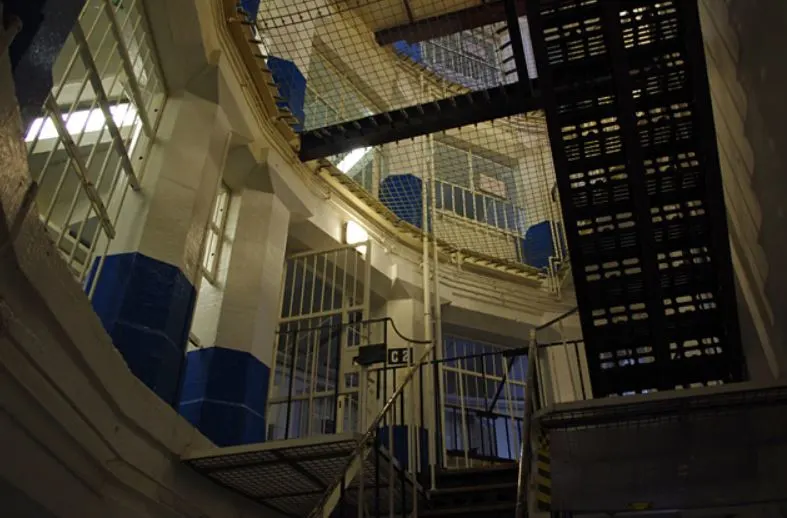
6. A lot of money was spent on the castle in the 12th and 13th centuries
The most expensive construction period happened in the 12th and 13th centuries. This is when all the timber structures were replaced with fortified stone buildings.
King John spent £630 to dig a ditch outside the south and west walls of the castle. That’s the equivalent of £1,231,209 today, one expensive ditch it was!
King Henry III spent a lot on the castle as well, namely £200 in 1243 and £250 in 1254, to build the curtain wall and the original gatehouse, the equivalent of over £735,000 today!
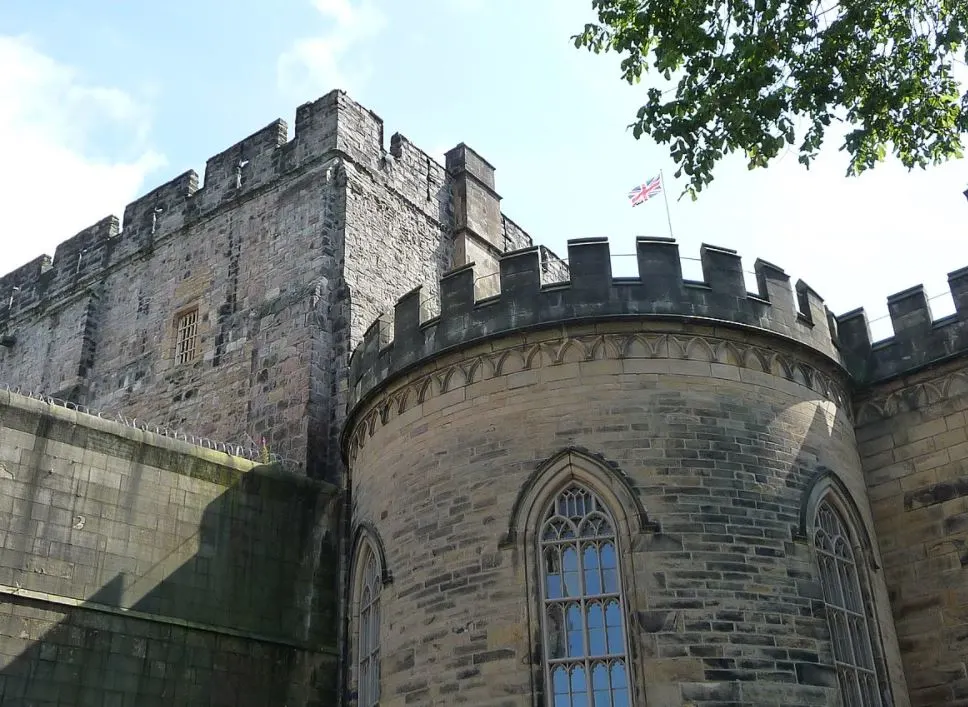
7. The castle’s gatehouse was built as protection from the Scots
The Scots invaded England twice in the 14th century, the first time in 1322 and the second time in 1389. During their final raid, they pushed as far as Lancaster which resulted in the castle being seriously damaged.
King Henry IV ascended to the throne in 1399 and the first thing he did was build a huge fortified gatehouse to protect the castle from the Scots in case of another invasion. This gatehouse stands 20 meters (66 feet) tall.
By 1422, the complete renovation project was completed at the cost of £2,500, the equivalent of over £2,940,000 today!

8. The castle was slighted during the English Civil War in 1649
The monumental 15th-century gatehouse wouldn’t be of much use for almost 150 years because the next time the castle saw military action was during the English Civil War (1642-1651).
The building was taken by Parliamentary forces in February 1643 and ended up being besieged by Royalists the following month. The castle was held by the Parliamentarians and would be under their control until the end of the Civil War.
The castle ended up being slighted by them in the year 1649 with only the administrative offices and prison being spared.

9. The prison was seriously expanded in the late 18th century
Being locked up at Lancaster Prison wasn’t an enjoyable experience in the 18th century. Typhus, also referred to as “Gaol Fever,” was rampant because of the poor hygienic conditions in the facility, so efforts were made to improve the situation in the late 18th century.
Additional buildings were constructed as well such as the Gaoler’s House, the Shire Hall, the Crown Court, and separate prisons for men and women.
The upgrade was completed by 1798 and the total cost was around £30,000, the equivalent of over £3,940,000 today!

10. Prisoners sentenced to death were executed at the “Hanging Corner”
One of the most intriguing Lancaster Castle facts is that the outer walls of the castle feature a special corner that was used for public executions until the year 1865.
Before 1800, prisoners sentenced to death were taken to a ground where the Ashton Memorial was built, but after that, they didn’t have to travel nearly as far. Their endpoint was called “Hanging Corner,” a door that used to lead straight to the gallows just outside of the castle’s walls.

11. The castle now serves as a center of education
A serious renovation project was started in the year 2017 which was completed in November 2019. This renovation allows the former prison and military stronghold to serve as an educational facility.
That’s quite a change of purpose, don’t you think?
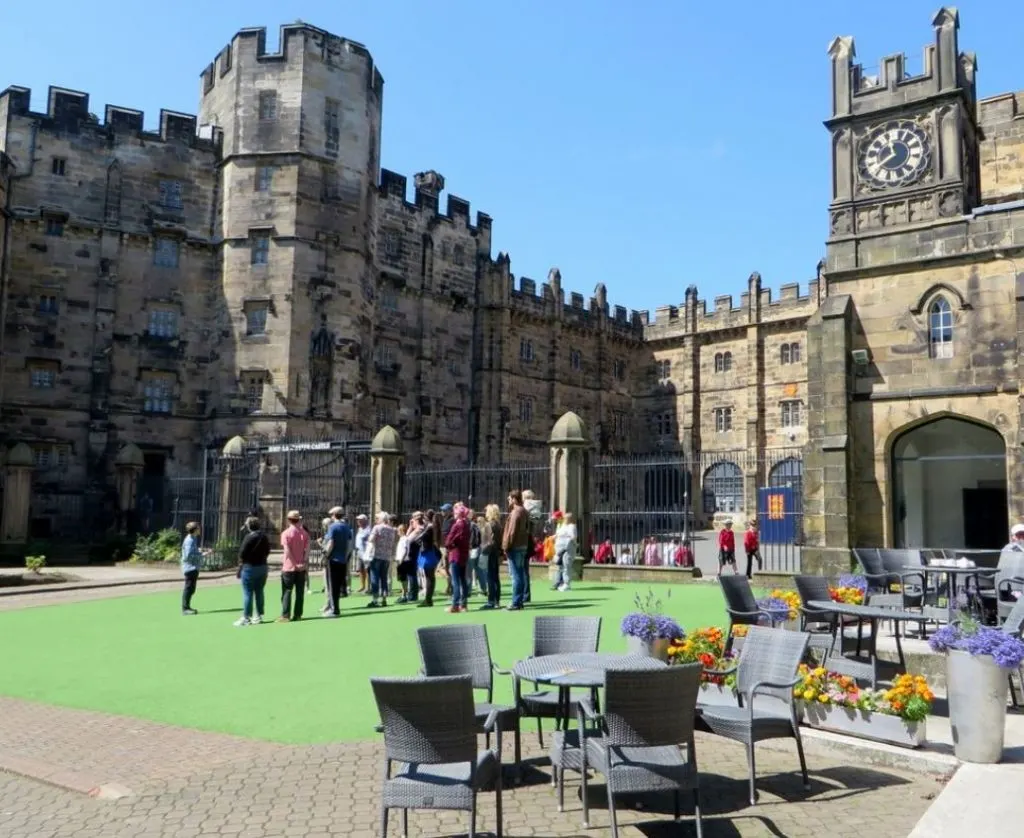
12. The Castle aims to become a major tourist attraction
The renovation also included improving the former prison so it can serve as a major tourist attraction in Lancaster. The final renovation project allowed the former prison kitchen yard to be opened to the public and a café was integrated which is operated by J. Atkinson & Co.
This means that Lancaster Castle is well on its way to becoming one of the most popular tourist attractions in the region!

